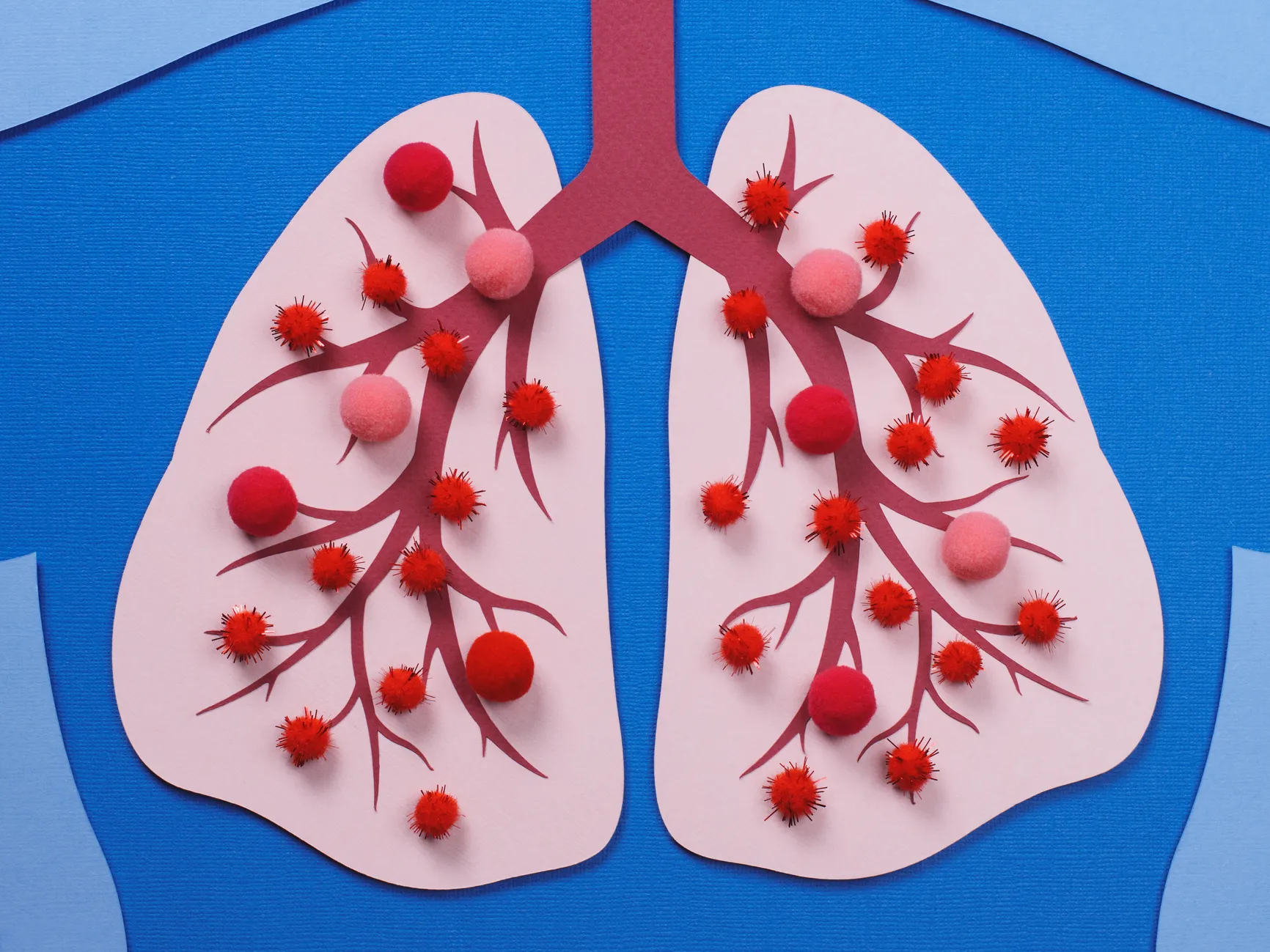
Immunodeficiency occurs when the body loses its ability to mount a normal immune response. This vulnerability can affect children, adults, and the elderly in different ways. Some may experience repeated infections, while others might not notice symptoms for years. A weakened immune system invites frequent or severe illnesses that would be minor in healthy individuals. The signs may appear vague at first, like slow recovery from colds or lingering fevers. Over time, patterns emerge—recurring pneumonia, sinus infections, or unusual bacteria appearing in cultures.
Certain conditions are inherited while others develop later in life
There are two major categories of immunodeficiency. Certain conditions are inherited while others develop later in life. Primary immunodeficiencies stem from genetic defects present at birth. Secondary types occur due to external factors like medication, disease, or aging. Both lead to immune system failure but follow different courses. Inherited cases might be detected early in children with persistent infections. Acquired forms are often diagnosed later, sometimes after cancer treatment or autoimmune disease therapy.
People with these syndromes may appear healthy until exposed to pathogens
Many primary immunodeficiencies remain hidden for years. People with these syndromes may appear healthy until exposed to pathogens. Once infections begin, they often recur with increasing severity. Physicians usually detect the problem when common antibiotics fail or infections resist clearance. Diagnostic delays are frequent because early symptoms mimic routine illnesses. In some cases, a child may need hospitalization before the disorder is identified. Timely diagnosis can dramatically alter the course and improve quality of life.
Low levels of immunoglobulins in the blood may suggest hypogammaglobulinemia
Doctors look for specific clues during blood testing. Low levels of immunoglobulins in the blood may suggest hypogammaglobulinemia. That condition makes it harder for the body to produce antibodies against bacteria and viruses. Patients often struggle with upper respiratory infections or intestinal issues. Some may have joint pain or chronic fatigue. Bloodwork helps confirm patterns over time rather than providing instant answers. A single lab result rarely seals the diagnosis, so trends are more revealing.
T cells and B cells perform distinct tasks in immune coordination
The immune system uses various cells to fight threats. T cells and B cells perform distinct tasks in immune coordination. T cells target viruses and abnormal cells directly. B cells produce antibodies that neutralize invaders. In some disorders, one cell type malfunctions while others remain intact. Severe combined immunodeficiency, for example, affects both T and B cell lines. That condition can become life-threatening unless treated early. Other syndromes may involve signaling problems rather than missing cells.
HIV damages the very cells responsible for fighting infections
Acquired immunodeficiency often follows chronic illness. HIV damages the very cells responsible for fighting infections. As viral load increases, T cell count drops. The body then struggles with infections like tuberculosis or fungal diseases. AIDS defines the most advanced stage, when immune collapse permits opportunistic pathogens. Antiretroviral therapy helps restore immune balance but doesn’t cure the virus. Even with control, patients may remain vulnerable to certain infections and need lifelong monitoring.
Prolonged steroid use may lead to immune suppression
Not all secondary immunodeficiencies involve viruses. Prolonged steroid use may lead to immune suppression. These drugs control inflammation but also limit white blood cell activity. Chemotherapy, radiation, or organ transplant medications can also impair immune function. These treatments aim to suppress harmful responses but create risk for infections. Physicians try to balance control with caution, adjusting doses as needed. Monitoring patients closely helps catch infections early before they spread or become severe.
Malnutrition deprives immune cells of essential nutrients
Nutrition plays a quiet role in immune defense. Malnutrition deprives immune cells of essential nutrients. Zinc, selenium, and protein shortages can reduce white cell function. In children, growth may slow while infections rise. In elderly people, immune function often declines due to both aging and poor nutrition. Public health strategies focus on addressing these gaps in low-resource settings. A weakened immune system doesn’t always result from disease—it may stem from a plate missing essential food.
Vaccines might work differently in people with weakened immunity
Immunization strategies must adjust to immune status. Vaccines might work differently in people with weakened immunity. Some live vaccines can cause harm in immunocompromised individuals. Others may provide little protection if the immune response is too weak. Physicians consider timing and vaccine type carefully before administration. Booster shots may be needed more often in these patients. In some cases, immunization of close contacts becomes equally important to reduce exposure risk.
Repeated infections may occur with mild or no fever
One of the challenges with diagnosis lies in presentation. Repeated infections may occur with mild or no fever. The immune system’s inability to produce typical inflammatory responses can mislead both patients and clinicians. An infection might spread quietly without raising red flags. This “silent spread” can lead to complications before anyone notices a serious problem. Listening carefully to a patient’s history often provides better clues than lab reports.
Inflammation may be absent even during active infection
Classic signs of infection—redness, swelling, heat—may be missing in these individuals. Inflammation may be absent even during active infection. A small sore might be more dangerous than it appears. Coughs may not produce mucus, and wounds might fail to heal. Physicians often look for less obvious signs, like weight loss or night sweats. Even dental problems can signal immune dysfunction. A pattern of minor complaints may actually point to a serious condition.
Bone marrow failure can underlie combined immunodeficiencies
The origin of many immune disorders lies deep within the bone. Bone marrow failure can underlie combined immunodeficiencies. This central factory produces all blood cells, including immune defenders. If it malfunctions, the entire immune system may collapse. Aplastic anemia or congenital marrow syndromes often accompany severe immune failure. Bone marrow biopsies and genetic tests help clarify the underlying mechanism. Stem cell transplant remains a key treatment when marrow dysfunction is confirmed.
Antibody replacement helps those who cannot produce their own
Some treatments focus on restoring missing components. Antibody replacement helps those who cannot produce their own. Intravenous immunoglobulin (IVIG) provides protection against common bacteria and viruses. These infusions reduce infection frequency and improve daily functioning. Others may need white cell-stimulating drugs or antifungal prophylaxis. Each plan depends on the specific deficiency involved. Some patients require lifelong treatment, while others recover if the cause is reversible.
Early screening helps identify affected infants before symptoms begin
Newborn screening has expanded to detect severe immune disorders. Early screening helps identify affected infants before symptoms begin. A small blood sample can detect T cell deficiencies within days of birth. Early intervention may involve isolation, antibiotics, and eventual bone marrow transplant. Delaying diagnosis can cost precious time. Family history, unusual infections, or slow healing often trigger follow-up testing. Primary care physicians must stay alert to subtle signs during routine checkups.
Travel and social exposure must be carefully considered
Daily life looks different for people with compromised immunity. Travel and social exposure must be carefully considered. Even a cold can become dangerous in crowded settings. Some patients wear masks routinely or avoid certain environments. Water safety, food preparation, and hygiene practices take on heightened importance. Schools and employers may need special accommodations. The goal is not fear but caution, managing risk while maintaining normalcy where possible.
Environmental molds or dust can trigger invasive infections
Airborne threats pose risks that others don’t face. Environmental molds or dust can trigger invasive infections. Aspergillus spores in construction zones may enter the lungs unnoticed. Inhaled fungi or bacteria may bypass barriers in immunocompromised patients. Air filters, closed windows, or restricted access to certain spaces may be necessary. Even houseplants or garden soil can carry hidden threats. What seems harmless to most may turn harmful in a weakened host.
Source: Best Immunology Doctors in Dubai / Best Immunology Doctors in Abu Dhabi
